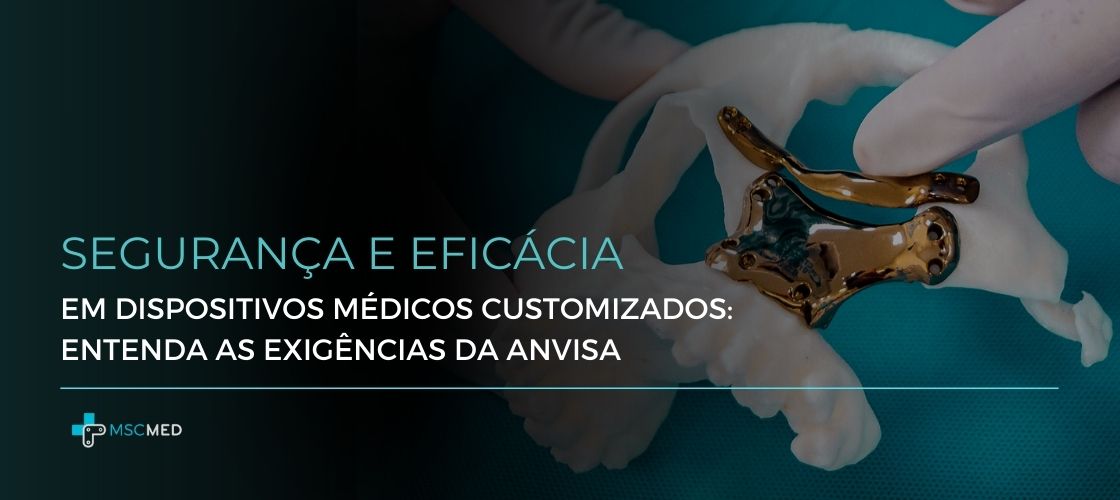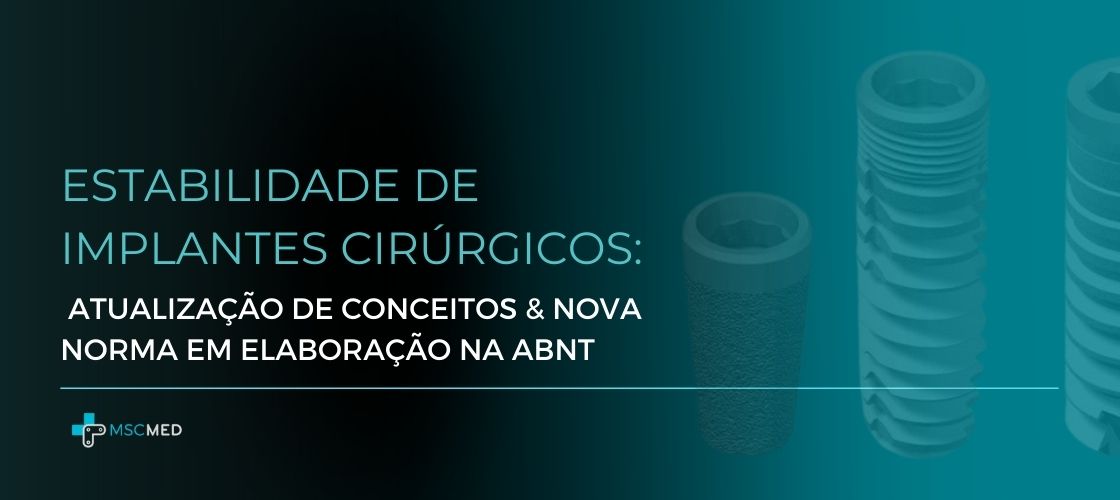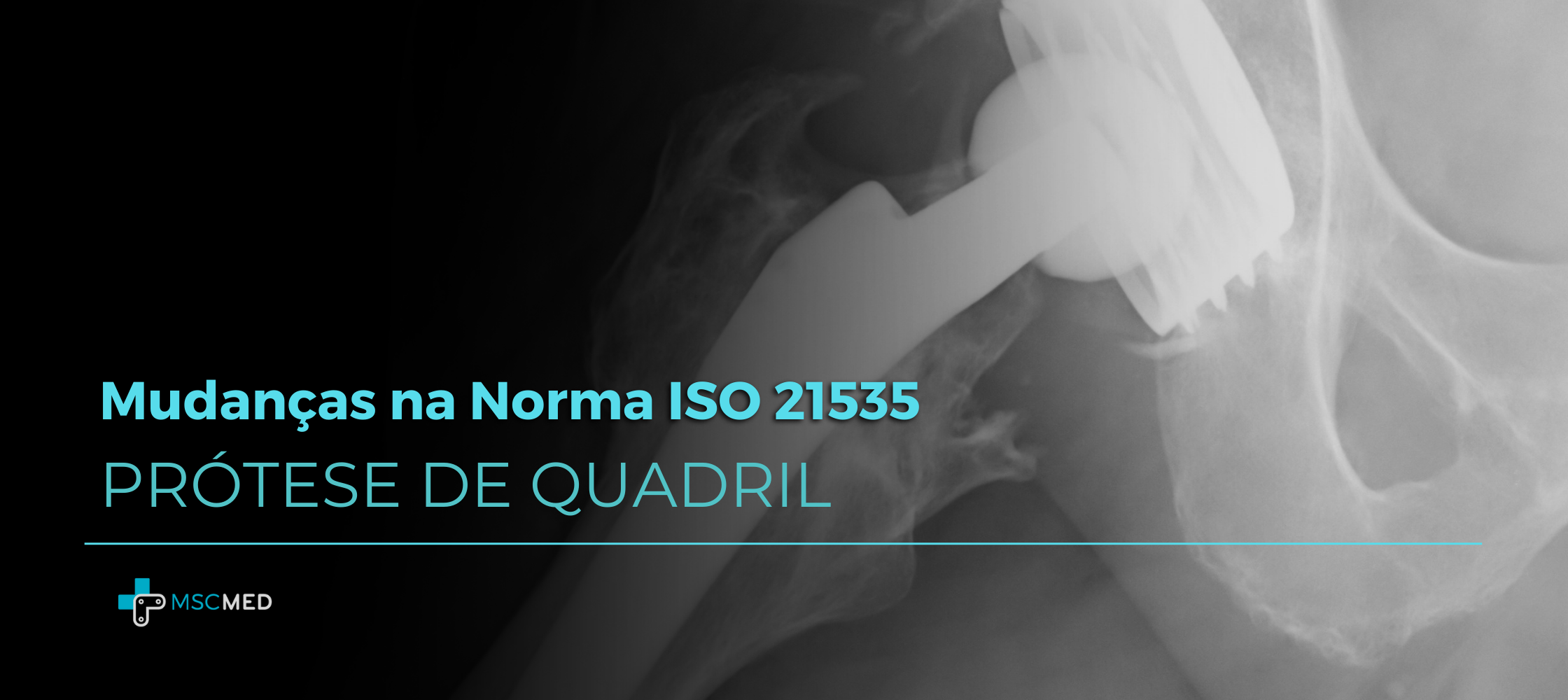Personalized Medicine is in full development. One of its applications is medical products customized according to each patient's anatomy, such as cranioplasty plates that maintain cranial symmetry, knee prostheses that follow the anatomy of the patient's condyles and guides for more precise surgical procedures. ANVISA was a pioneer in regulating this type of product on the international scene, establishing resolutions such as RDC 305/2019, for the registration of these devices, prioritizing safety and effectiveness.
Traceability is a central concern, since customized products have a specific destination, avoiding exchanges that can cause serious consequences. The assessment of safety and efficacy is also crucial, considering that each product can take a unique form for each patient, challenging conventional methods of design verification and validation.
MSC MED offers experience in registering customized devices at ANVISA and internationally, as well as assisting in evaluating the safety and effectiveness of this type of product. The classification of customized devices is divided into Tailor-Made Medical Devices and Patient-Specific Medical Devices, with significant differences in terms of controls, requirements and commercial scale.
The Patient-Specific Medical Device is designed within a “project domain” (“project envelope”) with specific rules, allowing a certain predictability to the process, and can be registered and commercialized on a large scale, without the need for notification to ANVISA. each manufacture. The idea here is large-scale customization, where a “personalization line” will be set up, aiming for products that will always be customized. The Tailor-Made Medical Device can be considered an exception to an existing product, made under medical prescription for a unique case, requiring consent and notification to ANVISA, upon proof of expertise on the part of the manufacturer for that class of products.
In short, although both types of devices are designed with patient anatomy in mind, their regulatory and commercial differences require distinct strategies to ensure compliance and safety. So always stay alert! The best regulatory strategy varies from case to case.
Speak to one of our specialists and be assured the best solution for your project is here today!
How useful was this post?
Click on a star to rate it!
Average rating 0 / 5. Vote count: 0
No votes so far! Be the first to rate this post.





